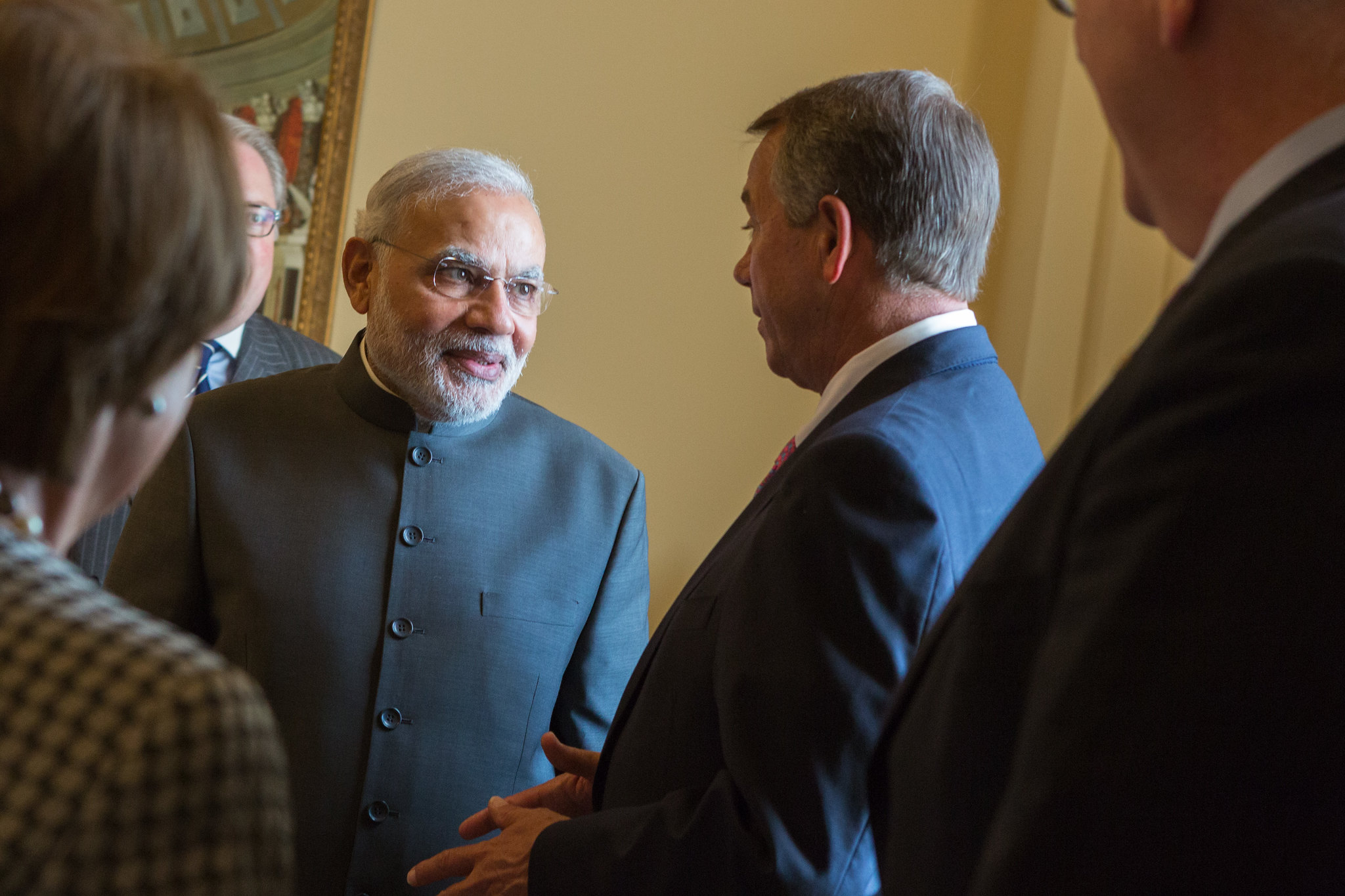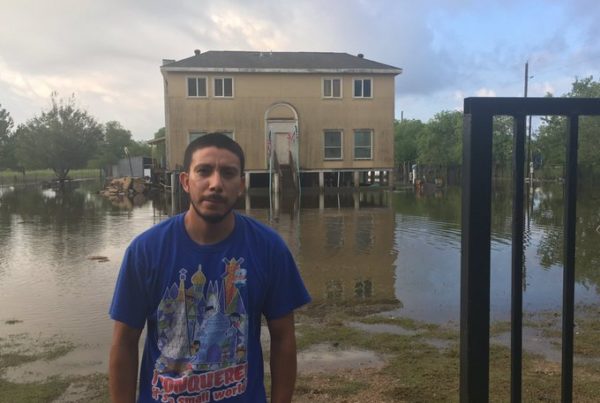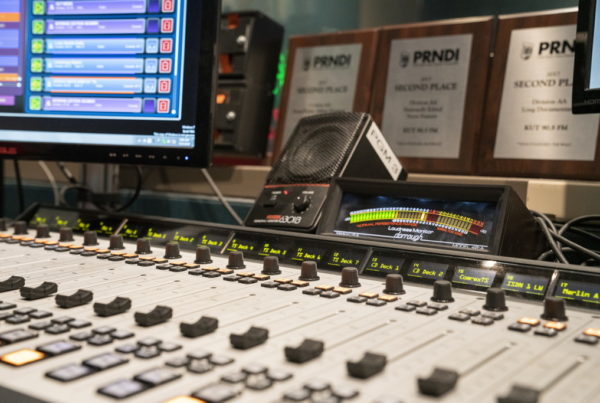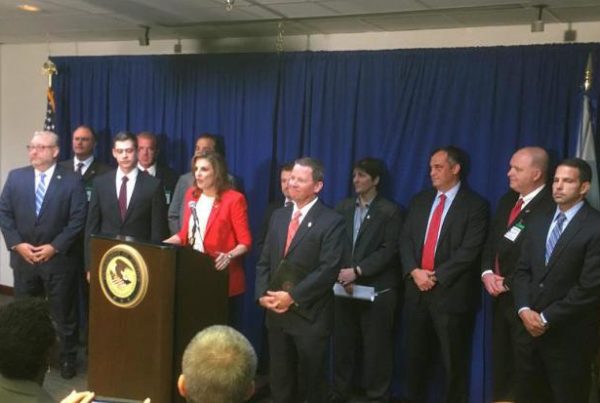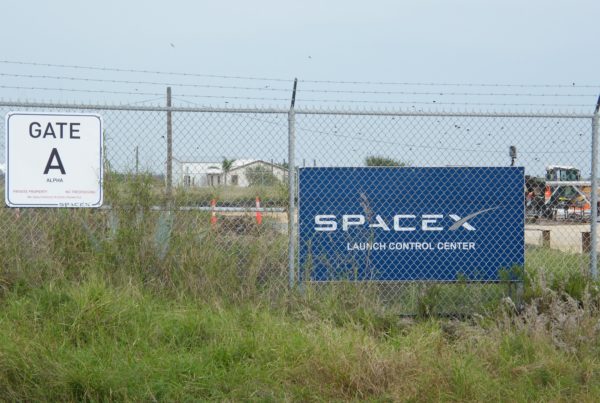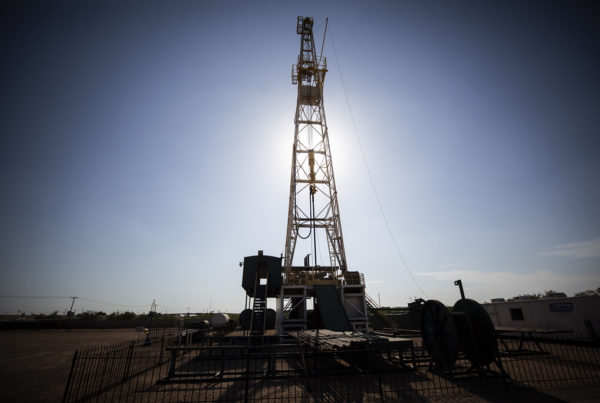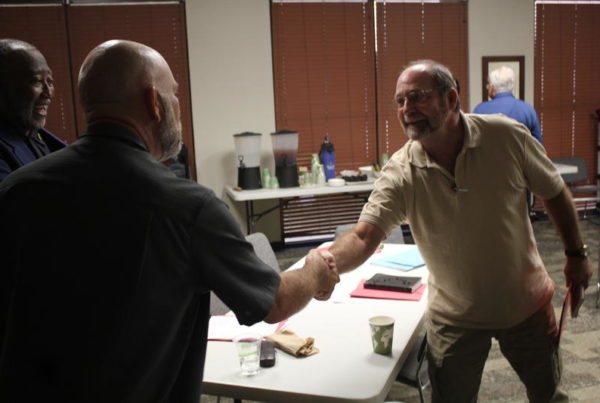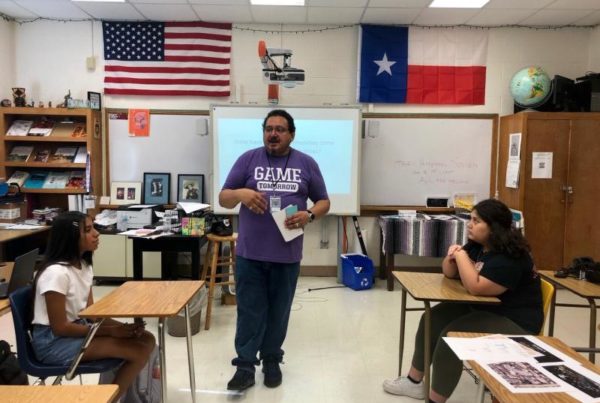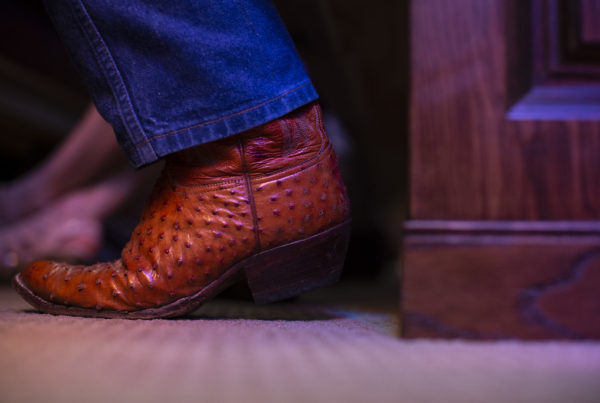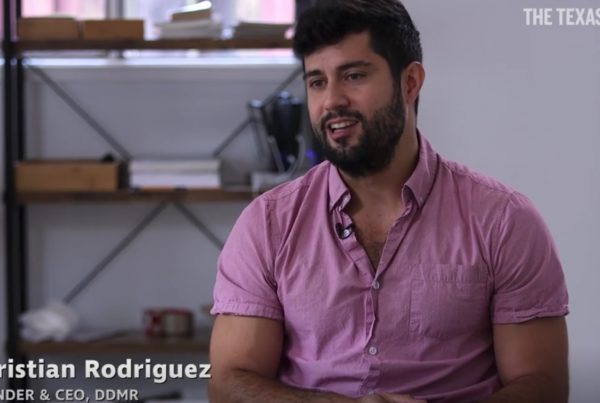India’s Prime Minister Narendra Modi is making his first visit to the U.S. since he won a landslide reelection victory in May. The centerpiece of his U.S. tour is a visit to Houston Sunday.
The event is billed as “Howdy, Modi!” and the 50,000 tickets were snapped up within minutes of their release.
In addition to the many members of the Indian diaspora expected to attend, President Donald Trump will be there.
Raymond Robertson is professor and chair in economics and government at the Bush School of Government and Public Service at Texas A&M University. He says Trump’s presence increases the significance of Modi’s visit.
“India’s been growing dramatically. Its population is almost the same as China’s, and it’s becoming a very important player, and I think the president’s recognizing that by attending the event,” Robertson says.
Some 120,000 Indian-Americans live in the Houston area, and they are by no means united in their feelings about Modi, he says. The Indian government’s recent crackdown on the Kashmir region, including a communications blackout, is likely to bring many protesters to Modi’s Houston event. Pakistani-Americans, of whom there are many in Houston, also object to Modi’s actions in Kashmir, and may protest as well.
“I think people are going to express their concerns about the potential for violence in the Kashmir region,” Robertson says.
Robertson says Modi and Trump have a lot in common: both are nationalists with strong, outspoken personalities.
Strategically, India’s size and proximity to China offers an opportunity for the United States, Robertson says. And there are economic reasons for the two countries to maintain ties.
“The United States is now one of the lead exporters, in the world, of energy. … And as India grows, their demand for energy will increase,” Robertson says. “Houston is a very logical place to springboard those exports.”
India, too, wants to export products to the U.S.
Written by Shelly Brisbin.


